Why Travelers Should Try Body Massage in Vietnam? Where is the Best Body Massage Spa in Ho Chi Minh City?
Table of Contents
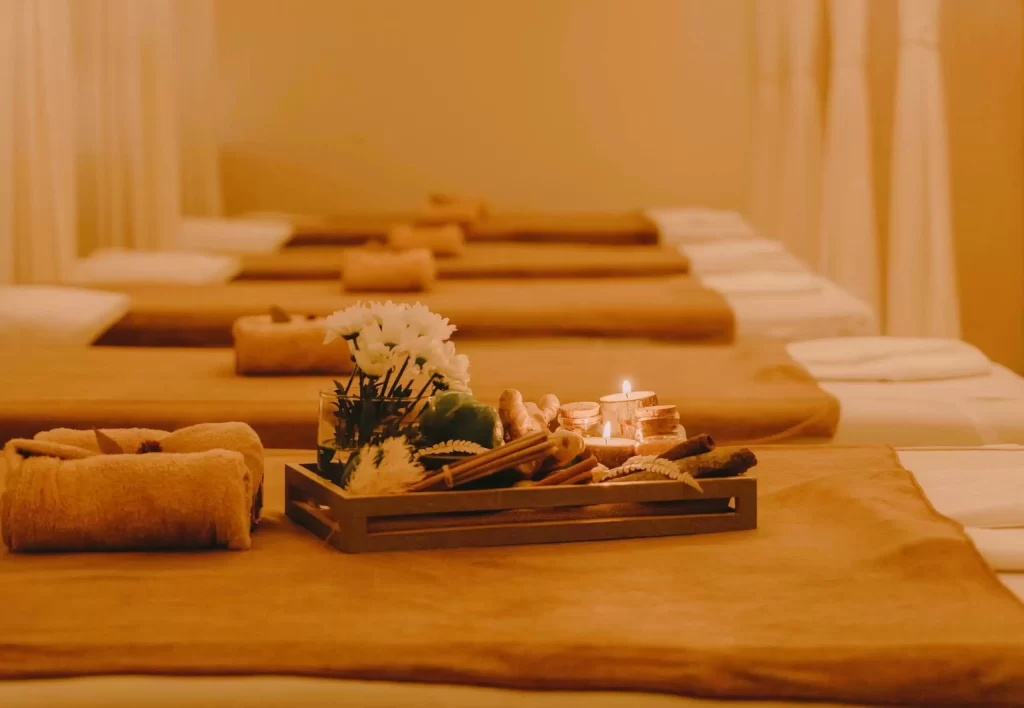
Traveling can take a toll on your body and mind. Long flights, heavy luggage, and exploring new cities often leave travelers feeling stiff, jet-lagged, and stressed. In Vietnam – especially bustling Ho Chi Minh City (District 1 near Bui Vien) – getting a body massage is a popular way to recover. A good spa session can relieve travel fatigue, boost circulation, and clear your mind. In fact, after a long trip many travelers notice that a full-body massage helps them feel refreshed and ready to explore again. Below we’ll explain the many health benefits of massage for travelers, how traditional Vietnamese massage works (and how it differs from Thai or Swedish styles), what to expect during a session, and practical spa tips. We’ll also highlight Siz Spa – a top-rated massage salon in District 1 – with details on what makes it stand out. If you’re searching for “body massage near me” or “full body massage near me” in Ho Chi Minh City, read on to learn how to make the most of your spa experience.
Health Benefits of Massage for Travelers
Massage is not just a luxury – it provides real physical and mental benefits that help travelers recover. After a long flight or bus ride, it’s common to feel stiff and sore, especially in the legs, back and neck. A professional massage session uses hands, knuckles and elbows to knead tight muscles and release tension. This “working out the knots” improves blood and lymph circulation, so oxygen and nutrients reach tired tissues faster. Better circulation also means less swelling in the legs and feet after sitting for hours. In practical terms, a good massage can reduce jet lag symptoms: it jump-starts your circulation and metabolism, helping your body re-synchronize with the local time.
Massage also helps with posture and flexibility – long travel days can leave you hunched or immobile, but careful stretching and deep pressure ease those aches. As muscles relax and soreness decreases, it’s easier to stand and sit with better posture during the rest of your trip. Many travelers report that after a soothing session, they feel significantly less pain in areas where they’d been tight.
Mentally, massages are proven stress-busters. The combination of warm oils, a calming environment, and rhythmic touch lowers stress hormones and anxiety. This can be especially welcome in a new city when you’re feeling overwhelmed. Relaxation during a massage improves sleep quality, which is a big help if you’ve crossed time zones. In short, massages help travelers reset both body and mind, leaving you more energized and clear-headed.
Key benefits of massage for travelers include:
- Jet Lag Relief: Massage improves blood flow and eases stiffness, which helps your internal clock adjust faster.
- Pain and Stiffness Reduction: Deep techniques release tension in the neck, shoulders, back and legs – common trouble spots after flying or carrying bags.
- Stress Relief and Mental Clarity: The calming atmosphere and touch therapy lower anxiety and boost mood, promoting better sleep and alertness.
By addressing these issues, a full-body massage can make the rest of your trip more enjoyable. In fact, many international visitors to Vietnam make it a point to schedule a massage the day they arrive, to combat jet lag and get off on the right foot.
Vietnamese Massage Techniques vs. Thai and Swedish
Vietnam has its own long tradition of massage, influenced by Eastern medicine. Vietnamese massage is typically a firm, therapeutic treatment that targets deep muscle tension. Therapists use acupressure points along the body’s energy lines, often with thumbs, palms, or elbows, to relieve pain and improve circulation. Some salons also use hot herbal pouches, hot stones, or aromatherapy oils to enhance the effects . The goal is to heal the whole body – for example, a therapist might focus on tight shoulder muscles to help relieve tension headaches, as traditional beliefs connect various body parts together.
How does this differ from other Asian massage styles? In Thai massage, the therapist keeps you fully clothed and moves your body through yoga-like stretches and assisted poses. Thai massage feels more like a gentle workout for your muscles and joints. Swedish massage (from the West) is different still – it usually involves oil, long gliding strokes and light kneading to gently relax muscles without deep pressure. Swedish style is ideal for relaxation and improving circulation, but it tends to use lighter pressure than Vietnamese or Thai massage.
In contrast, a classic Vietnamese body massage often feels firmer and more focused on specific “knots.” It combines techniques from different traditions – for example, a Vietnamese spa session might include elements of Thai stretching or Japanese acupressure (shiatsu) when needed – but with a characteristic intensity. One Vietnamese specialty is cupping massage, where heated herbal pots are placed on the skin to draw out toxins and relax muscles. Another is herbal compress therapy, using steamed ginger or lemongrass pouches on sore areas. These are unique touches you’ll find in Vietnam.
Below is a quick comparison of major styles:
- Vietnamese Massage: Firm acupressure on muscles and nerve points, often with essential oils, herbal compresses or stones. The pressure is deep (sometimes called “strong-bodied” massage), focusing on releasing tension knots rather than stretching limbs. Good for relieving travel-related aches.
- Thai Massage: Clothed, mat-based therapy combining firm pressure with assisted stretches (often called “yoga for lazy people”). It improves flexibility and balance in addition to relaxation.
- Swedish Massage: Oil-based, relaxing full-body massage using gentle long strokes, kneading and circular motions. Ideal for general relaxation and beginners.
Understanding these differences helps travelers choose a treatment that fits their needs. For example, if you want relaxation and are sensitive to pain, a Swedish or aromatherapy massage might be best. If you’re really sore from travel, a traditional Vietnamese massage (or Thai massage) will work deeper into the muscles. Many visitors enjoy trying multiple styles during their trip!
What to Expect in a Full-Body Massage Session
A typical Vietnamese full-body massage session is a relaxing yet invigorating experience. First, the receptionist or therapist will ask a few questions about your health: any recent injuries, areas of pain, or pressure preferences . This short consultation ensures the therapist can tailor the session for you. Then you’ll be shown to a private massage room or partitioned bed area. For privacy, you can undress down to your underwear or comfort level, and you will be properly draped with sheets or towels. (Foot massage-only clients usually keep clothes on up to the knees, while oil massages require more disrobing.) Don’t worry – therapists of the same gender will handle body parts, and only the area being worked on is ever uncovered.
Once the massage begins, sessions often follow a familiar sequence, though the exact order can vary by spa. A common sequence in Vietnamese spas is: back → legs → arms → neck & shoulders → head. Many therapists start with your back since it holds most tension. They will apply smooth strokes or kneading to warm up the muscles, then use deeper acupressure techniques to work out knots along the spine. After the back, focus typically shifts to the legs (using long gliding strokes to boost circulation) and arms (releasing tightness from lifting luggage or using electronics). The final stages often target shoulders, neck and head – these are key stress areas. A gentle scalp and face massage or hot towel wrap may be given at the end to leave you feeling completely relaxed.
Throughout the massage, communication is encouraged. Therapists will often ask if the pressure is okay and may pause to let you breathe deeply. If at any point the pressure feels too strong or too light, just mention it. You don’t need perfect English – simple phrases work, or even gestures (for example, “nhẹ tay” means “gentler” in Vietnamese). Good therapists appreciate feedback to adjust the massage to your comfort. After the final strokes, you will be allowed to rest on the table for a minute or two, and many spas offer a cup of tea or water before you get dressed. Before leaving, the therapist will usually give you time to get up slowly and provide any aftercare advice.
Typical massage flow:
- Health check: Brief intake about your condition and preferences .
- Preparation: Remove clothing to comfort and lie under a sheet.
- Massage sequence: Back → legs → arms → neck/shoulders → head (with possible hot towel or compress at end).
- Communication: Therapist asks about pressure; you can request stronger or lighter touch.
- Cool-down: Often ends with water/tea; time to relax before dressing.
Knowing this flow can help first-time spa-goers feel more at ease. For example, expecting to lie on your stomach for the back and then flip over for the front helps you know what’s coming. If you have any special requests (extra head massage, no oil on a certain skin area, etc.), this is the time to mention them.
Practical Spa Tips for Travelers in Vietnam
Going to a massage spa in Vietnam is straightforward, but a few practical tips will ensure a smooth experience:
- Book in advance: Many reputable spas (including hotel spas) allow online or phone bookings. Siz Spa, for example, encourages you to reserve your appointment ahead of time via their website . This is wise especially on weekends or holidays when places fill up.
- Arrive early: Aim to be 10–15 minutes before your scheduled time . This gives you a moment to fill out any intake form, use the locker, change clothes, and settle in. Being early also means you’re fully relaxed rather than rushed.
- What to wear: Wear or bring loose, comfortable clothing. Many Vietnamese spas (especially for dry massages like foot or traditional “tam quat” massage) provide soft cotton pajamas or shorts to wear during the treatment. For oil massages (Swedish, aroma, etc.), you’ll usually undress to your underwear; a towel will cover you at all times. It’s normal to be in a partitioned room or curtained area with others nearby in local massage shops. If unsure, ask the staff when you arrive – they’re used to guiding foreigners.
- Hygiene standards: Always choose a clean, professional spa. Look for places where therapists wear uniforms, and where treatment rooms and linens look fresh. Spas that care about health will also have functioning showers and clean slippers. Checking online reviews (e.g. Google or travel sites) is a good idea; Siz Spa, for instance, has many positive reviews praising its cleanliness and trained staff. Trustworthy spas will have clear price menus (in USD or VND) displayed. Avoid massage places that seem very cheap but have pushy upselling or unclear packages.
- During the massage: Don’t suffer in silence. If the massage feels too hard (or not hard enough), let the therapist know right away. You can say simple phrases or just a polite hand gesture. Phrases like “nhẹ tay” (gentle) or “quá mạnh” (too strong) work. Vietnamese therapists appreciate honest feedback; your comfort is a priority.
- Aftercare: When the massage is over, take your time getting up. It’s normal to feel a bit light-headed if the pressure was deep. Drink a glass of water or herbal tea – this helps flush out any toxins released from your muscles. It’s also wise to avoid heavy exercise or alcohol immediately after. Mild soreness (like after a workout) is normal and should fade in a day or two. If you experience any sharp pain or bruising, mention it to the therapist or seek a doctor.
- Tipping: Tipping is not mandatory in Vietnam, but it’s appreciated. For a spa massage, many locals tip around 20,000–50,000 VND (about $1–2) for a 60-minute session. If you go to a higher-end spa or hotel, 10–20% of the bill is a common guideline. You can hand the tip directly to your therapist at the end.
These tips will help you enjoy a relaxing visit. For example, a calm spa might pamper you with an herbal foot bath or warm oil before starting, ensuring your comfort. Remember that communication and cleanliness are key: pick a reputable spa like Siz Spa (recommended for travelers) and speak up to get the pressure you want.
About Siz Spa – District 1, Ho Chi Minh City
Siz Spa is one of District 1’s most highly recommended massage salons, conveniently located at 154 Cong Quynh (Pham Ngu Lao Ward) – just a few blocks from the famous Bui Vien Street backpacker area. It’s open 7 days a week from 10:00 AM to 10:30 PM, making it easy to fit in a session any time. Siz Spa specializes in foot and full-body massage, along with hair spa treatments and facials . The friendly, English-speaking staff caters to international guests, and its modern, clean decor feels welcoming after a day of sightseeing.
What makes Siz Spa stand out? One highlight is their Signature Body Massage. This exclusive treatment combines elements of Shiatsu (Japanese acupressure), Vietnamese massage, Thai stretching, hot stone warmth, and aromatic oils – essentially a “best-of-all-worlds” therapy. It’s designed to target deep muscle tension, improve circulation and create total relaxation. In other words, it’s perfect for travelers: you get firm pressure on tight areas and the pampering of oils and stones.
Siz Spa prides itself on using high-quality natural products and maintains high hygiene standards. Therapists are well-trained and will adjust their technique to your needs . The communal lounge (as seen in photos) also offers complimentary refreshments, helping you extend the relaxation after the massage is over. With reasonable pricing, Siz Spa offers great value: most full-body treatments (60–120 minutes) are in the ~$20–60 range, which is on par with other quality spas in Saigon’s city center.
Since Siz Spa often ranks on map searches, travelers looking for a “body massage near me” or the “best spa in Ho Chi Minh City” frequently find it. Its consistent five-star reviews (especially on Google and TripAdvisor) reflect the excellent experience many guests report. For example, visitors note the professional atmosphere, the friendly therapists, and the free head massage that comes with each session. If you enjoy your visit, please consider leaving a Google review – it helps us reach more visitors and improve our service.
For more information or to book, check the Siz Spa homepage or fanpage. We welcome walk-ins too, but appointments are recommended . Siz Spa aims to be your oasis in Ho Chi Minh City – an easy walk from Bui Vien – and we look forward to helping you relax and rejuvenate.
Sources: Expert articles on massage therapy and Vietnamese spa culture , Siz Spa official website, and traveler guides.
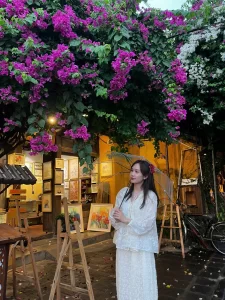
Emma Nguyễn is a travel and wellness writer based in Ho Chi Minh City. She is passionate about exploring local spa gems and sharing authentic relaxation experiences with travelers.
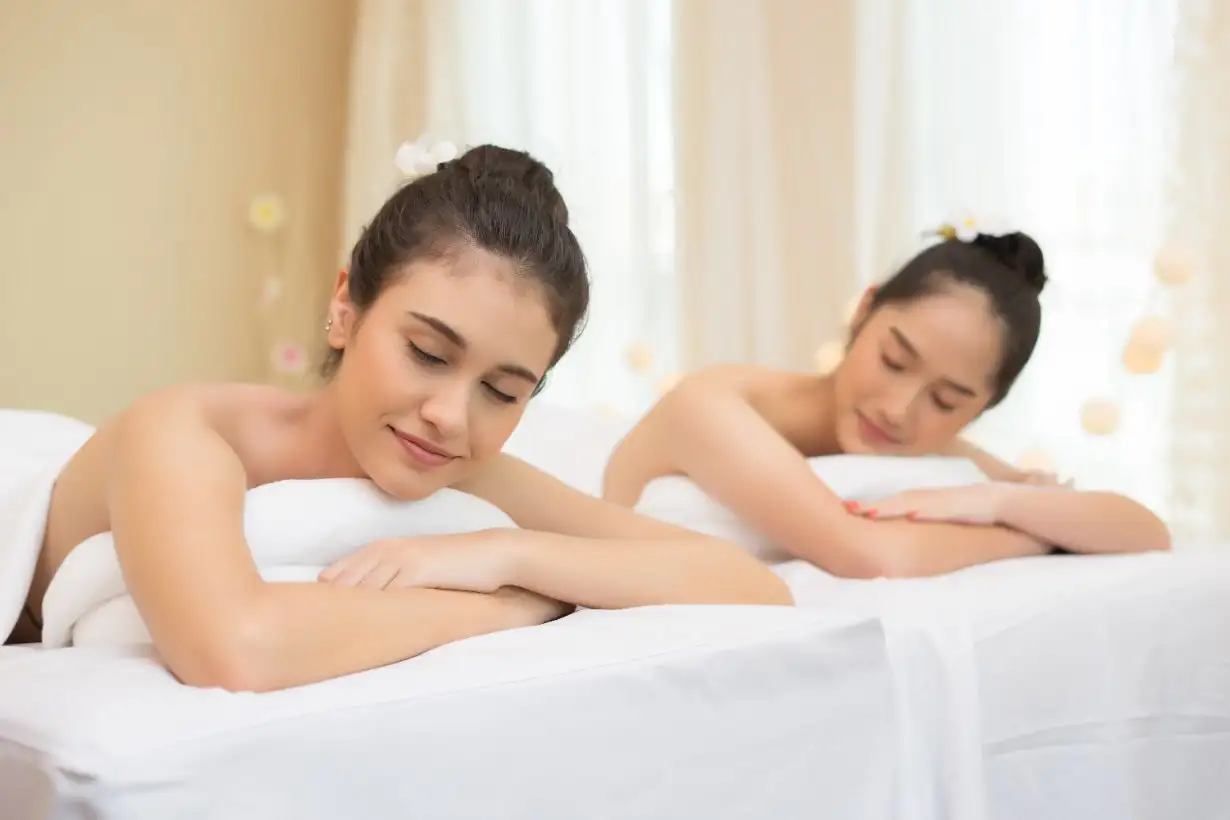
Benefits of Massage for Tourists: A Practical Guide for Your Trip to Ho Chi Minh City
Discover why massage for tourists in Ho Chi Minh City is essential for reducing jet lag, easing muscle pain, and boosting energy. Helpful tips for every traveler.
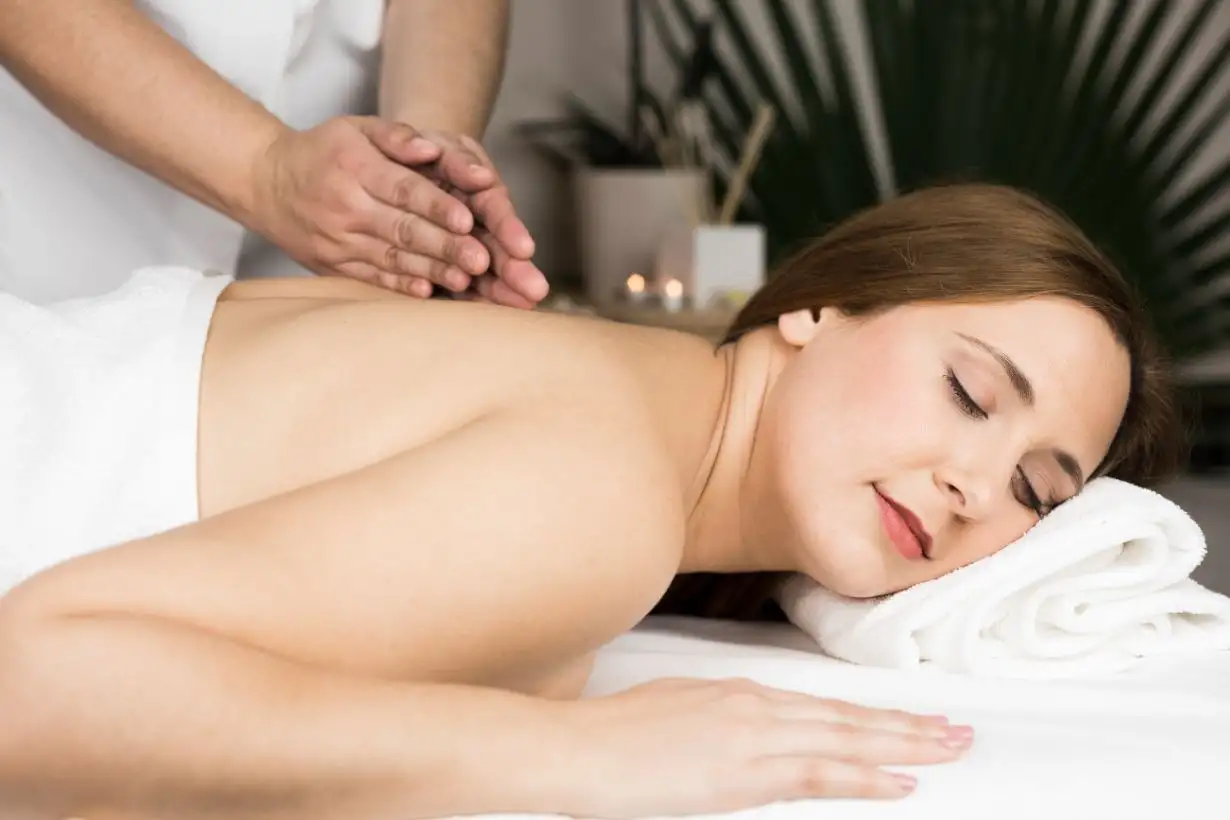
Why European Travelers Love Siz Spa in District 1, Ho Chi Minh City
Table of Contents European travelers visiting Ho Chi Minh City often look for a clean, peaceful, high-quality massage experience. Discover why Siz Spa in District
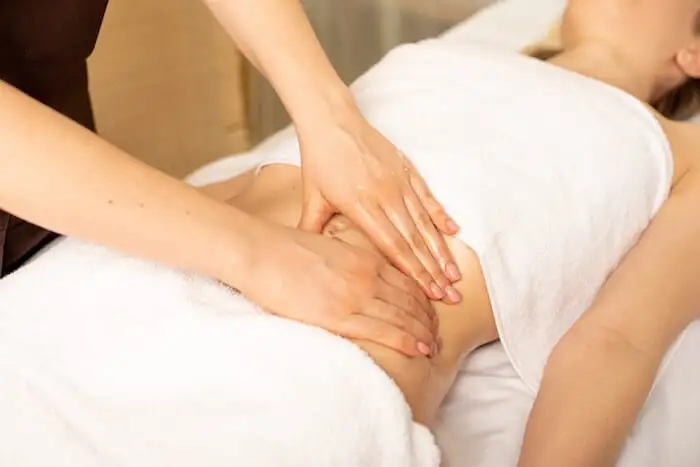
Belly Massage in District 1, Ho Chi Minh City – Detox & Relax at Siz Spa
Experience natural belly massage in District 1 to reduce bloating, detox, and relax. Visit Siz Spa – your wellness retreat in Ho Chi Minh City.
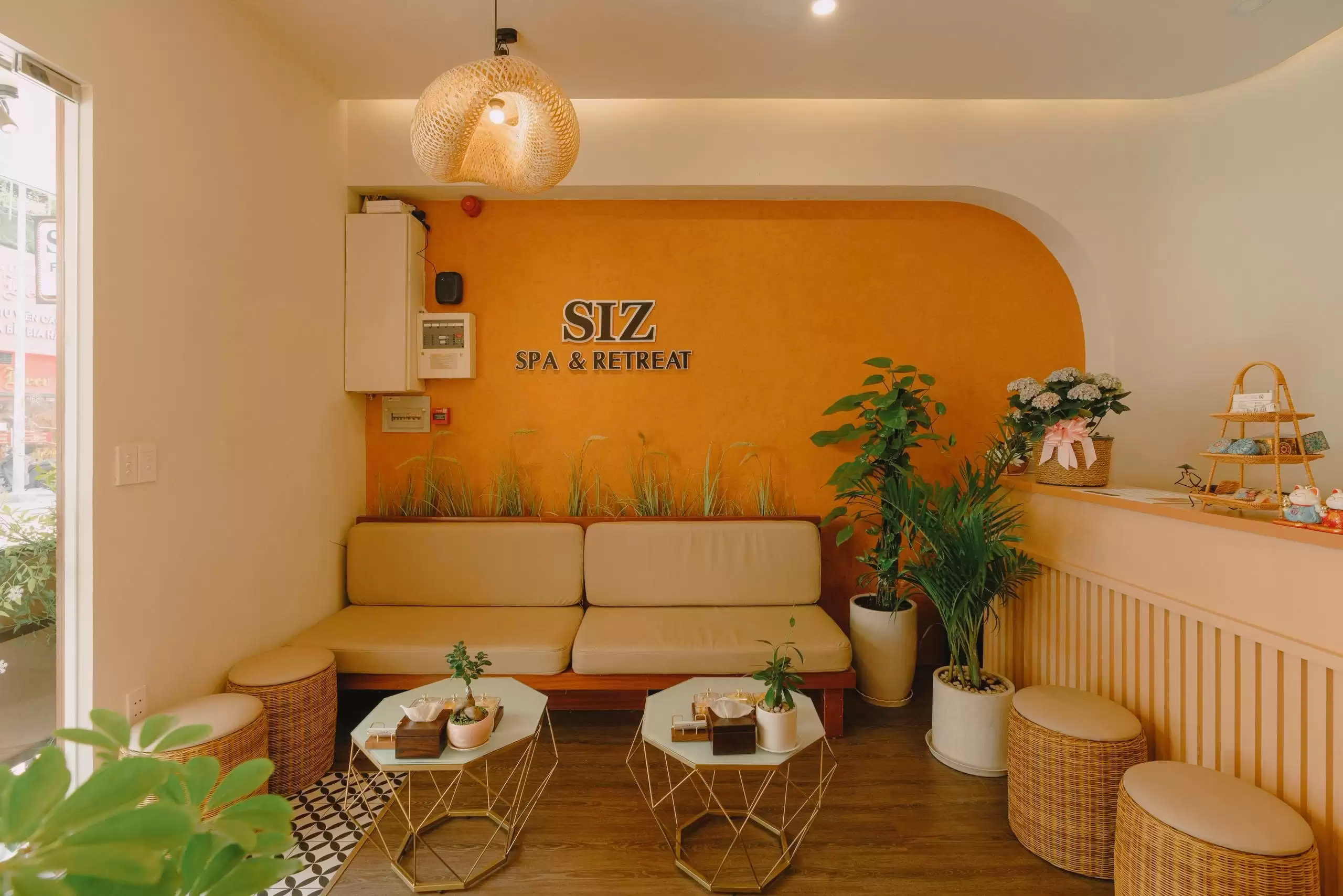
How to Choose the Right Massage Spa Service Based on Your Preferred Duration – A Complete Guide Inspired by Siz Spa & Retreat
Discover how to choose the right massage spa service based on your available time. A complete guide to fast, deep, and full-body relaxation options.
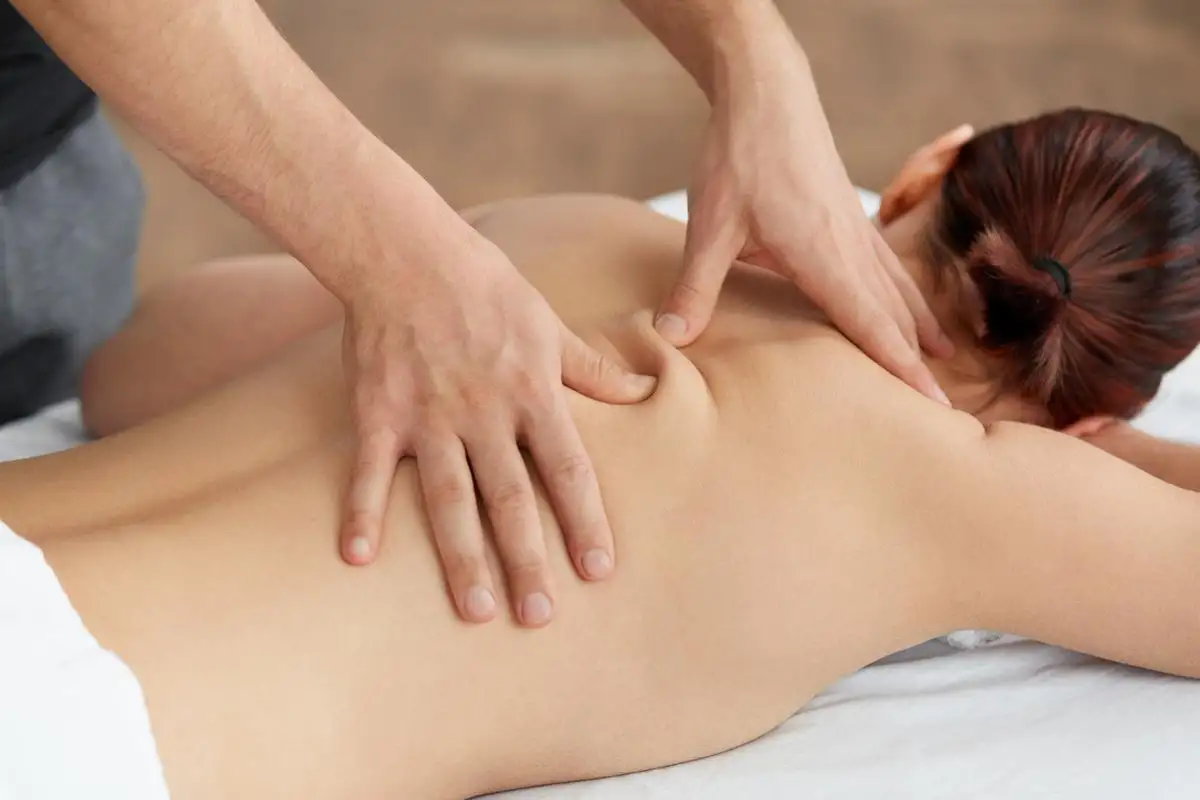
Shiatsu Massage in District 1: Deep Healing and Relaxation at Siz Spa
Shiatsu massage is a Japanese form of acupressure massage that’s gaining popularity among international travelers and busy professionals.
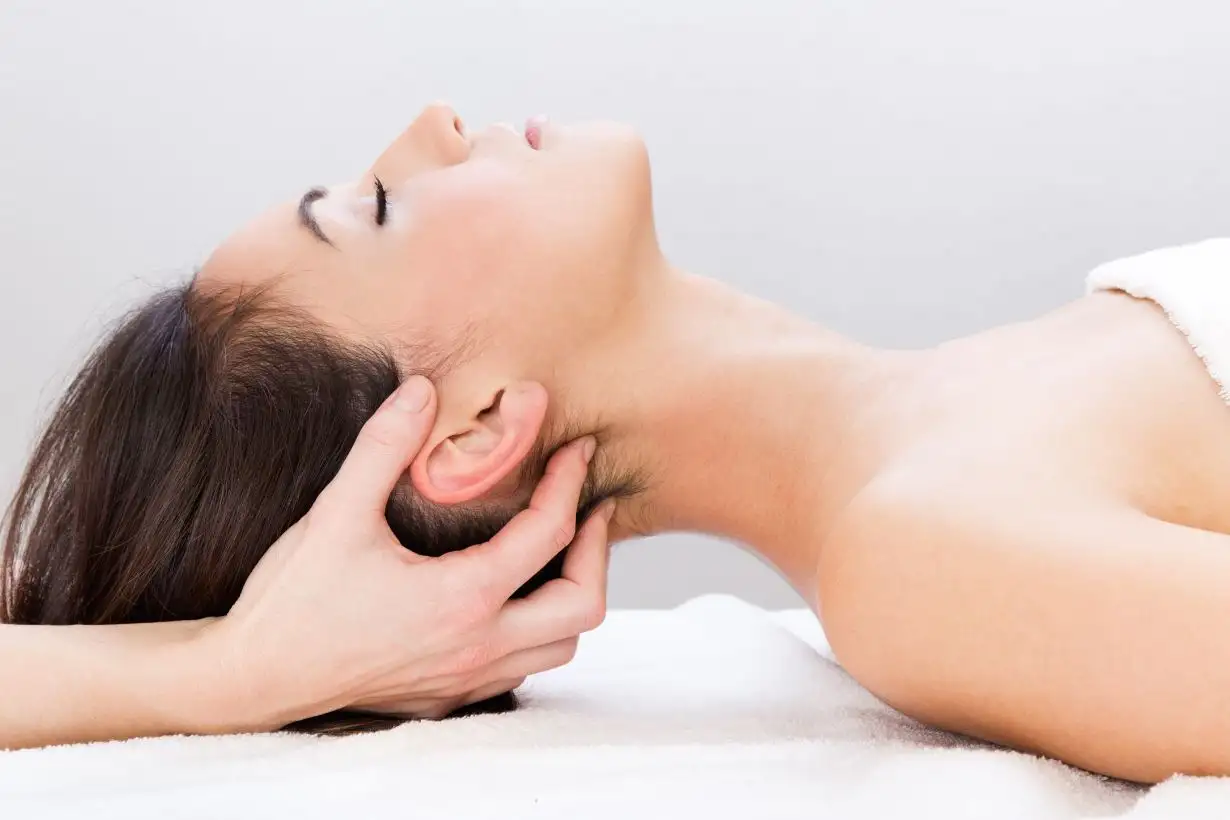
Neck Massage in District 1 – The Best Relief for Travelers & Office Workers at Siz Spa
Neck pain relief in District 1, Ho Chi Minh City at Siz Spa! Ideal for travelers, office workers and couples. Enjoy expert neck massage and total relaxation.
